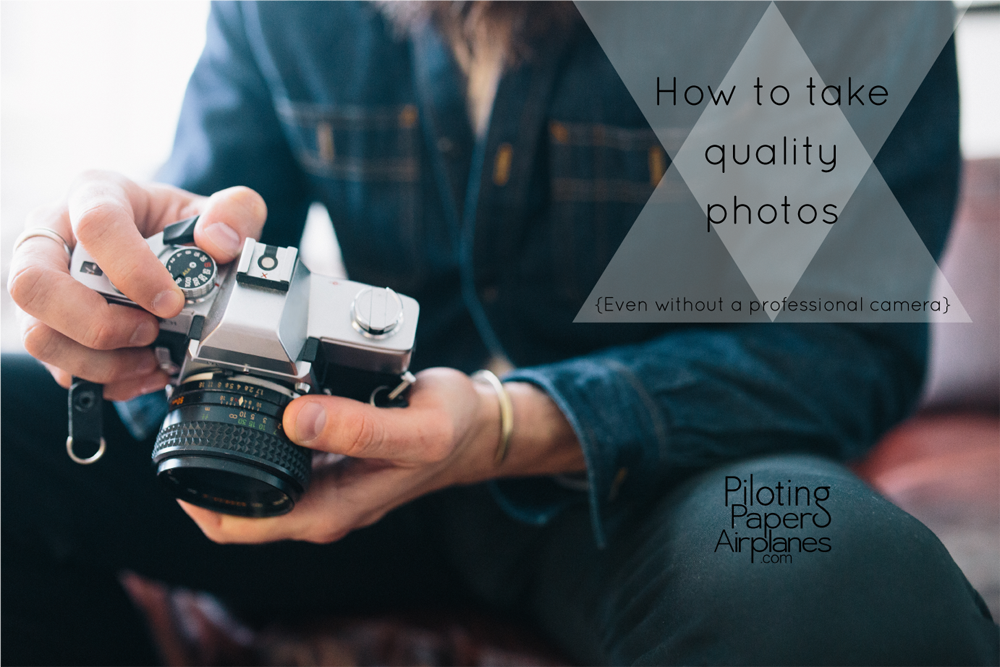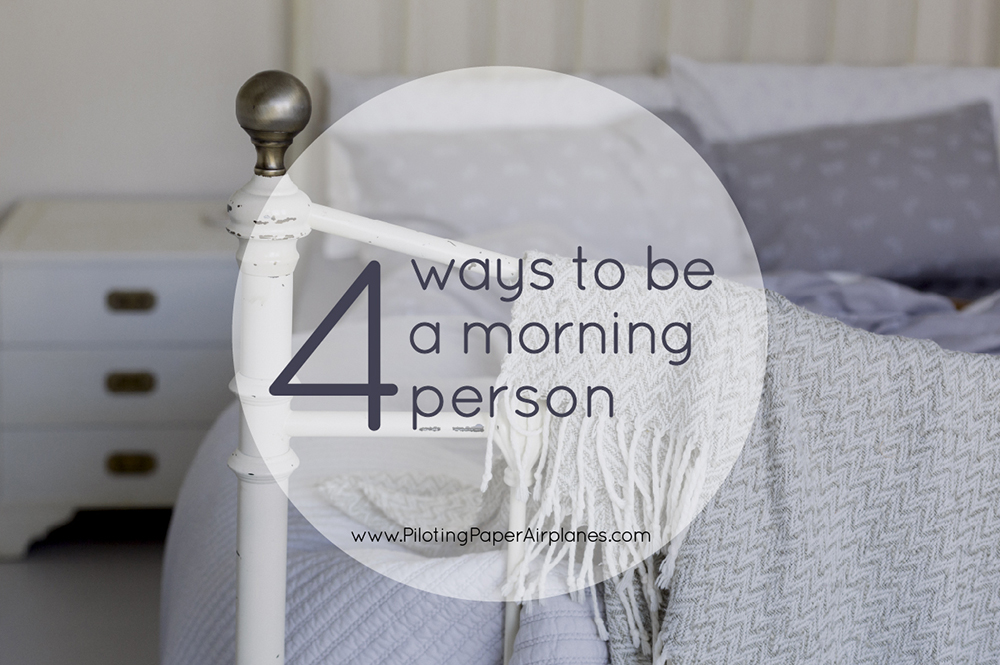
Quality photos can make or break a blog post, even with the best content. Visuals matter, plain and simple. Whether you want to improve your Instagram photography or step up your blog images, there are some standard techniques to apply – phone camera included.
1. Composition
The rule of thirds is the key to great composition. Imagine tick tack toe across your image. Line up your subjects where those lines cross each other.
2. Zoom with your feet
Don’t become dependent on the camera zoom – instead move closer to your subject. You’ll get a better composition and avoid zoom distortion.
3. Avoid the flash
The camera flash won’t go more than a few feet and creates harsh shadows. Turn off the flash and use natural light as often as possible.
4. Be aware of your light source
Watch for bright light behind your subject – this will cause your camera to overexpose the shot making your subject dark. Likewise, avoid direct light in front of your subject that produces hard shadows – and causes people to squint.
5. Know your equipment
If you do have a camera with manual mode, here are the basics you need to know.
• Aperture: hole in the lens that lets light in and controls depth of field. Smaller number (F/2) = wider opening that allows more light and produces a shallow depth of field. Larger number (F/16) = smaller opening allows less light and produces a larger depth of field.
• Shutter: opening in the camera body that lets light in. The speed – duration for which the shutter is open – is measured in fractions of a second.
Faster shutter speed (1/1000) allows less light and freezes the subject sharply. Slower shutter speed (1/25) allows more light and produces more motion blur. Shutter and aperture work in tandem.
• ISO: sensitivity to light. Higher ISO (1000) is more sensitive and less light is required for correct exposure. Lower ISO (200) is less sensitive and more light is required for correct exposure. Keep in mind that a higher ISO lowers the image quality by producing more “digital noise.”
I am a communication professional by trade and happen to have a photographer for a husband. You can thank him for teaching me these tools!

